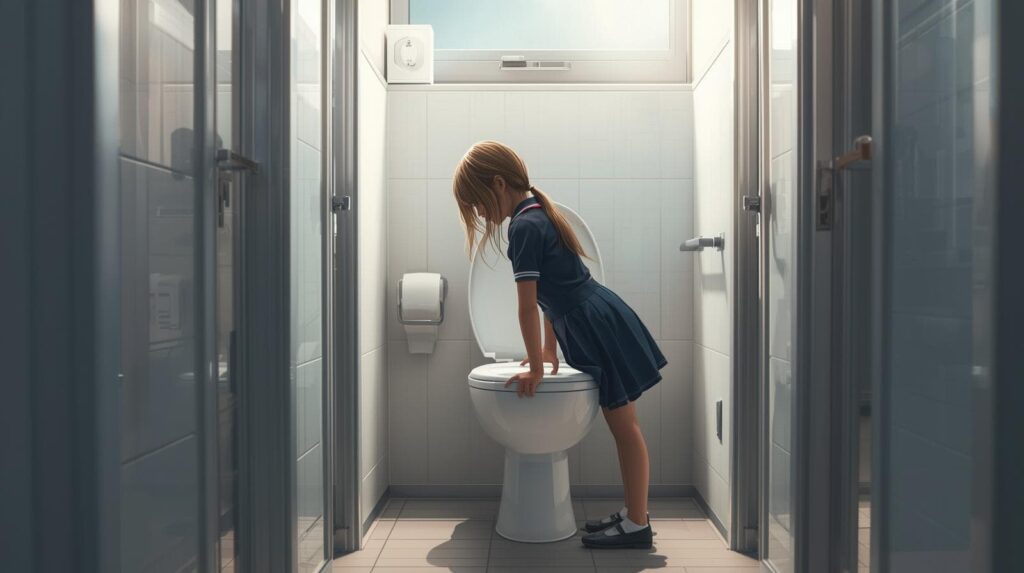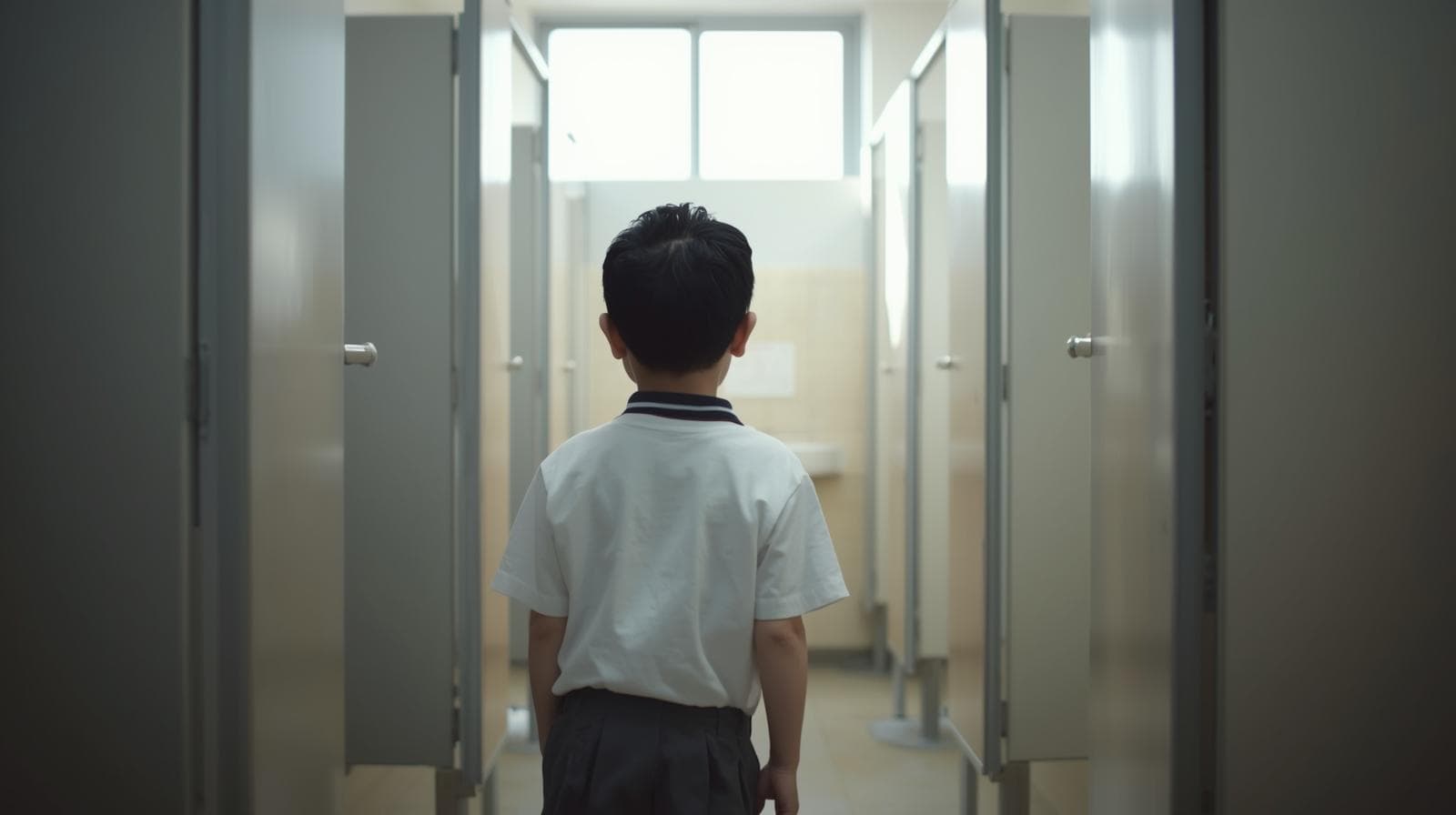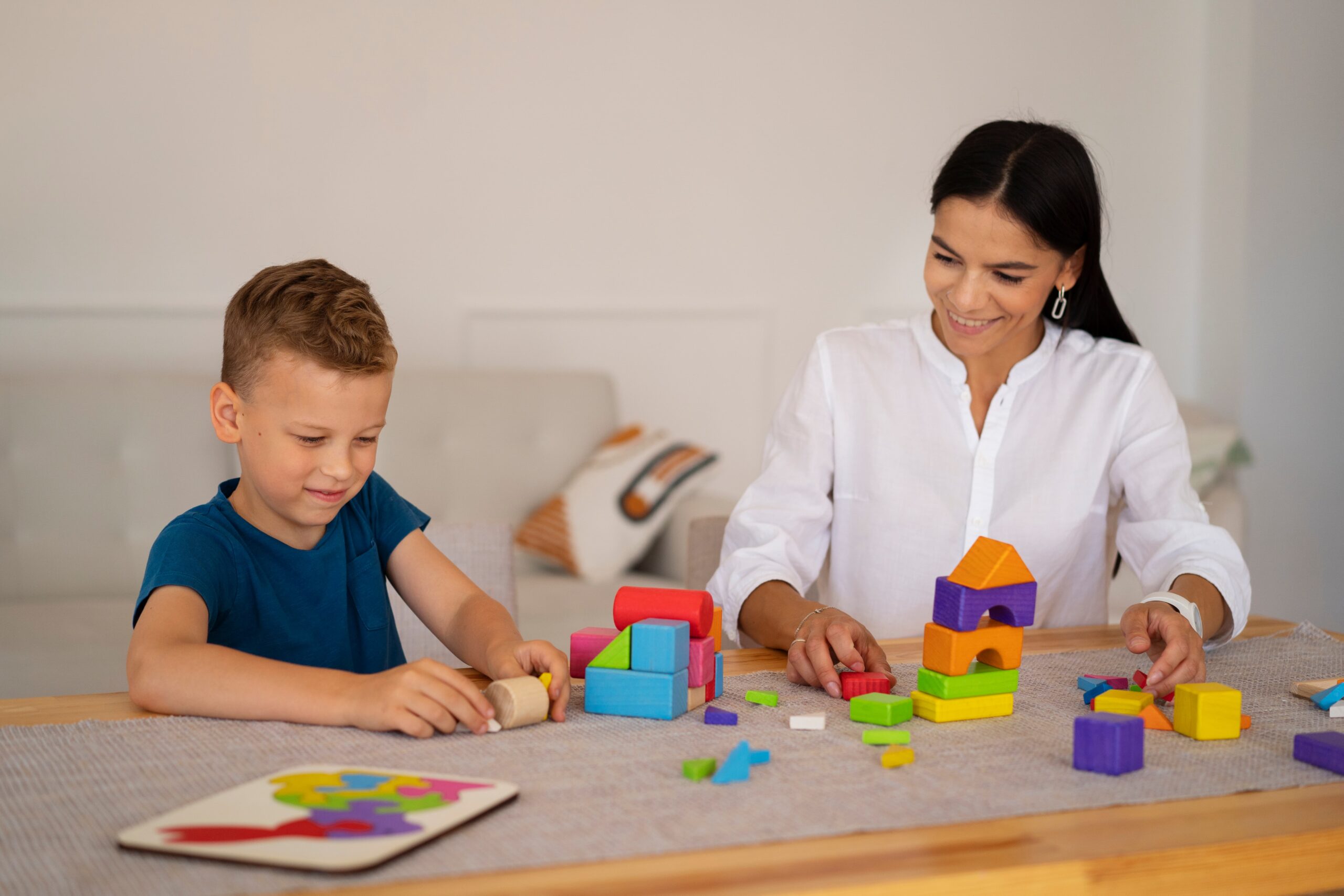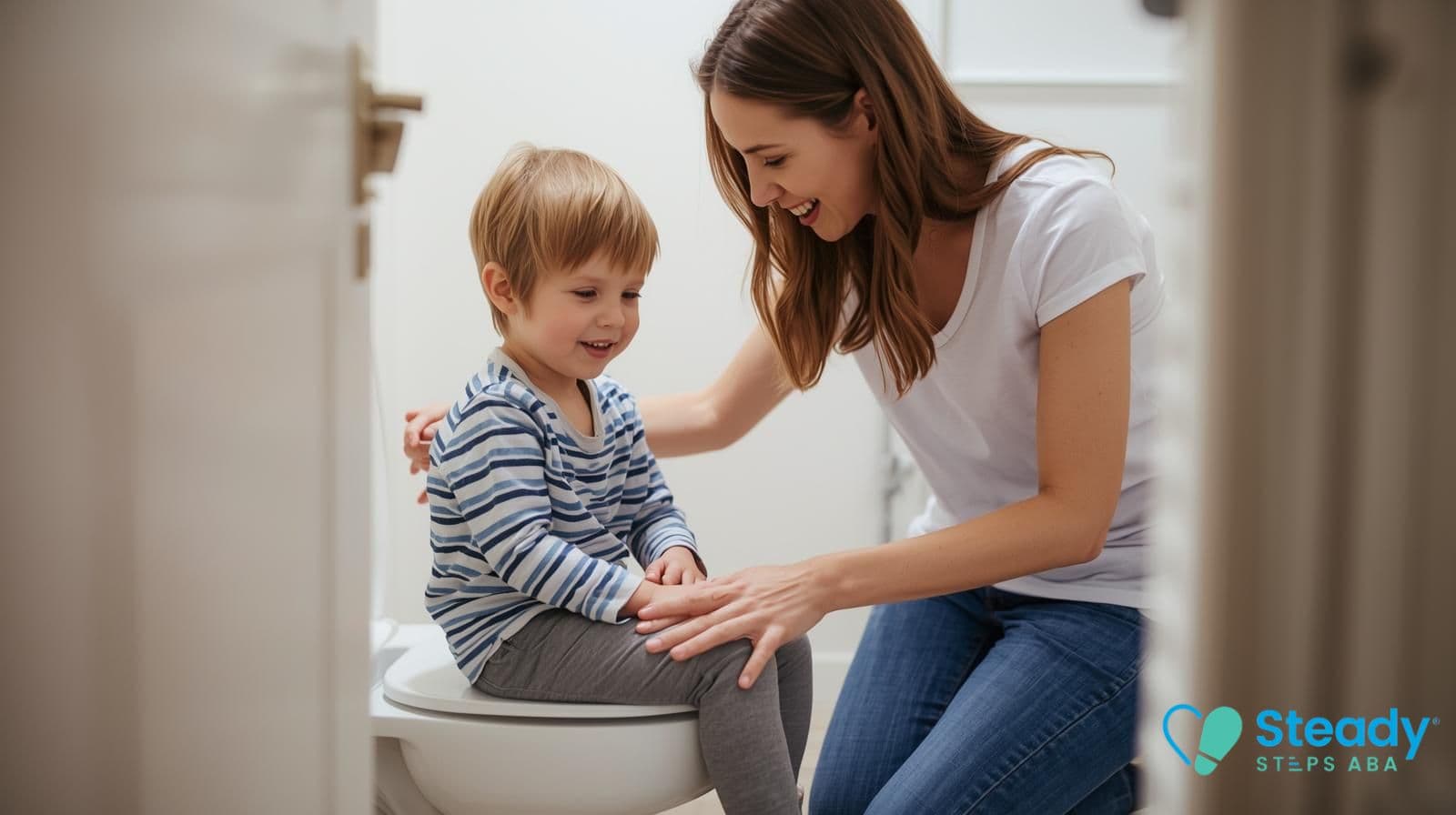Key Points:
- Collaboration between parents, schools, and daycare staff is essential for consistent toilet training support.
- Shared routines, clear communication, and training help avoid setbacks and confusion.
- ABA therapy can support toilet independence and smooth transitions between environments.
Toilet training is a big milestone, but when your child moves between home, daycare, and school, it can easily turn into a frustrating cycle of progress and regression. Many parents find themselves asking, “Why does my child stay dry at home but not at daycare?” or “Why does school staff say my child isn’t ready when they use the toilet just fine with me?” These issues are more common than you’d think, and they almost always boil down to a lack of consistency in toilet support across settings.
When your child is receiving mixed messages or encountering different routines around toileting, confusion is almost inevitable. This article will walk you through how to work effectively with schools and daycares to ensure toilet training support is consistent and tailored to your child’s needs.
Why Consistency in Toilet Support Matters
Toilet training is not as simple as knowing when to go. It’s also about building habits through repetition and positive reinforcement. For children, especially those with developmental delays or learning differences, inconsistency can be a significant barrier.
What works at home may fall apart in a new environment if:
- Staff aren’t following the same prompts or schedule.
- There’s a lack of reinforcement for successes.
- The child feels anxious or unsupported.
- The toilet setup is unfamiliar or intimidating.
Children thrive on routine, and when expectations around toileting vary from one place to another, it delays progress. Worse, it may lead to regressions that can feel discouraging for both parents and educators.
 Step 1: Build a Toilet Training Plan That Travels
Step 1: Build a Toilet Training Plan That Travels
Before you can ask others to follow your lead, make sure you have a solid, written toilet training plan in place. This plan should include:
- Your child’s current level of toileting independence.
- Specific routines or prompts that are working (e.g., visual schedules, verbal cues).
- Frequency of scheduled bathroom trips.
- How accidents are handled.
- Types of rewards or reinforcements used.
- Any sensory issues or anxieties your child may have around toileting.
Keep it simple but detailed enough that a teacher or caregiver can follow it without needing additional training.
Once you have this, share it with all involved caregivers – teachers, aides, daycare staff, and therapists.
Step 2: Communicate Early and Often
Waiting until there’s a problem often means you’re already a few steps behind. Start conversations about toilet training support during intake or enrollment. If your child is already attending a school or daycare, request a formal meeting with the appropriate staff.
Key people to involve include:
- Classroom teachers
- Paraprofessionals or aides
- School or center administrators
- Occupational or ABA therapists, if available
- School nurse (if applicable)
Make sure everyone is clear on:
- What the expectations are at home
- What the child can already do independently
- How staff can help maintain and build on those skills
Use a shared communication log or app (like a daily sheet or digital platform) to update each other about successes, accidents, and changes in behavior. Open, nonjudgmental dialogue makes it easier to troubleshoot challenges as they come up.
Step 3: Align Schedules Across Environments
Children do best when toileting occurs at consistent times. If your child is taken to the bathroom every 90 minutes at home and every 3 hours at school, this discrepancy can cause setbacks.
Try to synchronize the toilet schedule across all settings as closely as possible. This doesn’t mean every location has to be identical, but large gaps in timing or approach can create confusion.
Questions to ask providers:
- How often is my child prompted to use the bathroom?
- Do you wait for signs or follow a timed schedule?
- What happens if my child resists or has an accident?
By aligning routines and approaches, your child is more likely to generalize skills from one place to another.
Step 4: Use Consistent Language and Cues
Every word matters when you’re teaching a new skill. If you say “Let’s go potty,” and the daycare staff says “Do you need to use the restroom?” your child may not recognize the prompt as a cue to act.
Choose consistent vocabulary and share it with everyone. This includes:
- What you call the toilet
- How you refer to peeing or pooping
- Phrases you use to prompt the child
- Words used for rewards or praise
If your child uses signs, pictures, or an AAC device, make sure those are also consistent. Involve therapists in helping staff learn how to use these tools correctly.
Step 5: Educate and Empower the Staff
Most daycare workers and teachers want to help, but they may not know how to support children with specific toileting needs, especially if your child has developmental differences.
Offer gentle, proactive training and resources. Some ideas:
- Create a short cheat sheet for staff to reference.
- Invite therapists to demonstrate toilet support techniques.
- Provide visuals or materials used at home (e.g., a visual toilet sequence chart).
- Encourage hands-on practice during training or transitions.
If staff feel confident and informed, they’re much more likely to stick to the plan and communicate with you regularly.
Step 6: Use Reinforcement Consistently
Reinforcement is a powerful tool, when it’s used the same way in every environment. If your child receives praise or a small reward for staying dry at home, but not at school, the behavior might not carry over.
Tips for making reinforcement work across settings:
- Choose rewards that are feasible in all locations.
- Use the same praise phrases or tokens.
- Avoid only rewarding perfect success. Instead, reinforce effort and progress.
- Adjust rewards as the child progresses.
Check in regularly with staff to see what’s working and where tweaks might help.
Step 7: Monitor Progress and Make Adjustments
Toilet training isn’t linear. There will be days your child regresses or refuses, and it’s important to respond with curiosity rather than frustration.
Keep track of:
- Accidents and successes
- Timing of bathroom trips
- Behavior before, during, or after toileting
- Environmental changes (new teacher, classroom move, etc.)
Use this data to update your child’s toileting plan and identify patterns that might explain setbacks.
If needed, involve specialists like an ABA therapist or occupational therapist to reassess strategies and support.
Step 8: Prepare for Transitions Between Settings
Starting school for the first time? Changing daycare providers? These moments are prime opportunities for toileting disruptions. Planning can minimize the impact.
Steps to take:
- Schedule a transition meeting with the new staff.
- Share your updated toilet training plan.
- Allow for overlap or observation time if possible.
- Send familiar materials like a favorite book, timer, or toilet seat adapter.
- Expect a short adjustment period, and be ready to support both child and staff.
Step 9: Consider ABA Support for Ongoing Challenges
If your child continues to struggle with toilet training despite consistent routines and communication, it might be time to bring in professional support.
ABA therapy can offer targeted, evidence-based strategies for improving toileting independence. Techniques may include:
- Functional behavior assessments to identify triggers or barriers.
- Reinforcement systems tailored to your child.
- Systematic desensitization for children with anxiety or sensory issues.
- Data tracking and caregiver training to support generalization.
Many families find that ABA therapists can act as a bridge between home and school, helping to coordinate consistent strategies that everyone can follow.
Take Action: Support Your Child’s Toilet Success Across Settings
Working closely with schools and daycares is essential to building consistent toilet support that sets your child up for long-term success. By sharing a clear plan, aligning routines, using consistent language, and involving trained professionals when needed, you can help your child feel confident and supported wherever they go.
If you’re facing ongoing toilet training challenges or need help coordinating strategies across multiple settings, Steady Steps ABA can help. We offer personalized ABA therapy services in Maryland, with a focus on helping children gain independence in daily living skills, including toileting. Our team at Steady Steps ABA collaborates closely with families, schools, and daycares to ensure consistent, compassionate support that meets your child’s unique needs.
Get in touch with us to schedule your free consultation!







